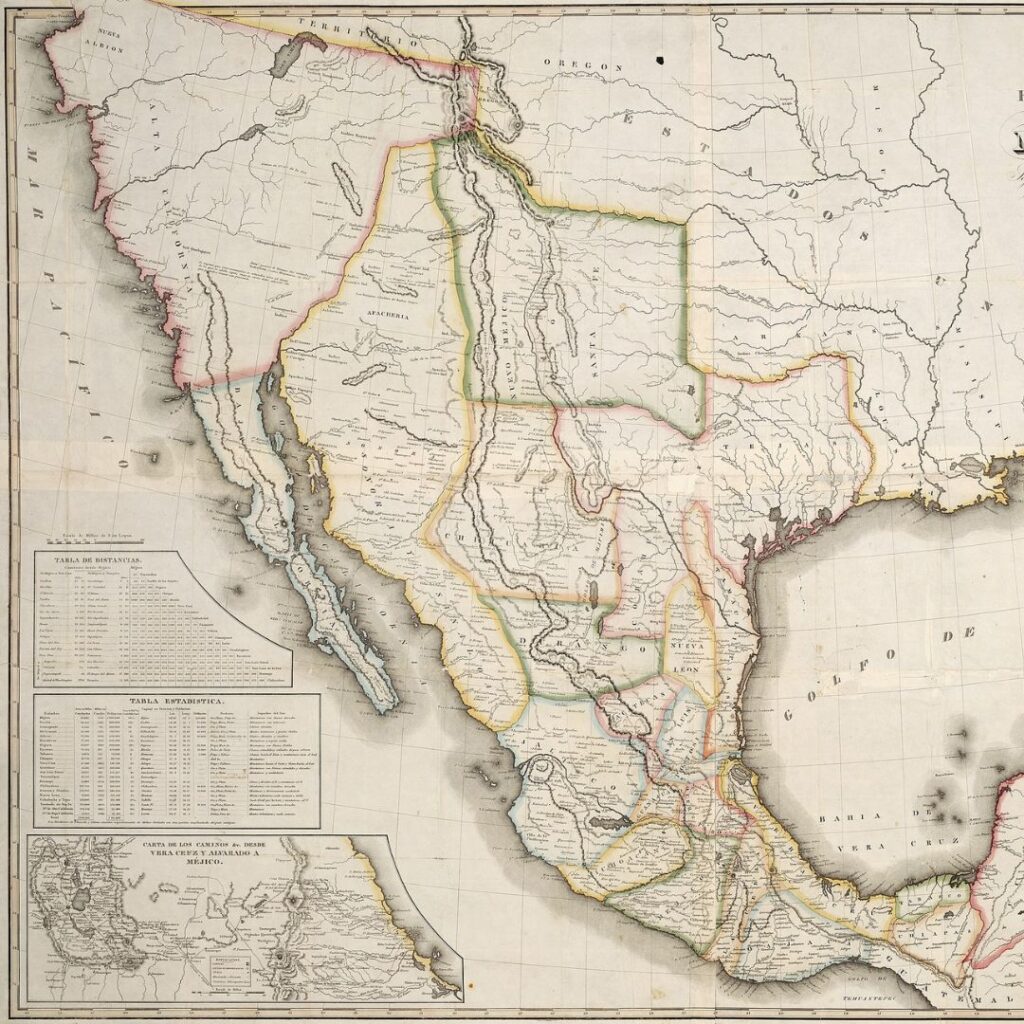Civil unrest in Los Angeles is no longer just a domestic story.
Mexican Senate President Reignites Territorial Claims
During a press conference this week, Mexico’s Senate President Gerardo Fernández Noroña held up an 1830 map of Mexico and made a pointed declaration: California, Texas, and large parts of the American Southwest were once Mexican land. This came as violent protests erupted in Los Angeles over ongoing deportation efforts.
- Senate President Noroña used a historic map to highlight Mexico’s former borders
- Referenced the Treaty of Guadalupe Hidalgo to argue broken promises and dispossession
- Stated that Mexicans in LA are “living in what has always been their homeland”
- Civil unrest in LA includes looting, arson, and federal clashes tied to migrant deportations
- Critics label the rhetoric as irredentist, stoking old national wounds in a volatile moment
Noroña’s statement was not an offhand remark. He tied today’s migrant crisis and cultural tensions in Los Angeles directly to historical land claims, suggesting that the U.S. cannot “liberate” what was never truly theirs. He even referenced the Mexican founders of Nuevo Laredo, who relocated across the new border after refusing to remain under U.S. control in 1848.
Though not an official policy shift, this rhetoric signals something larger. At a time when U.S. cities are erupting under pressure from immigration policy, cultural identity, and economic instability, the introduction of historical grievances adds complexity, and fuel.
Why This Raises Strategic Questions
Noroña’s comments might sound symbolic, but they tap into a deep undercurrent of cultural reality. Spanish is the dominant language in Los Angeles. Mexican heritage is embedded in the region’s names, families, and history. The question of who belongs where is no longer theoretical: it is visible, volatile, and now international.
Critics point to the timing. Linking Mexican historical claims to current American unrest plays directly into narratives of foreign influence and domestic instability. Meanwhile, those who understand power systems know that such moments, if left unchecked, often shift public sentiment, harden borders, and spark legislative retaliation.
For individuals living in the U.S. or Mexico, this moment is not about maps or monuments. It is about autonomy – legal, cultural, and personal.
Lines on a map shift. What holds is the structure you build for yourself.

